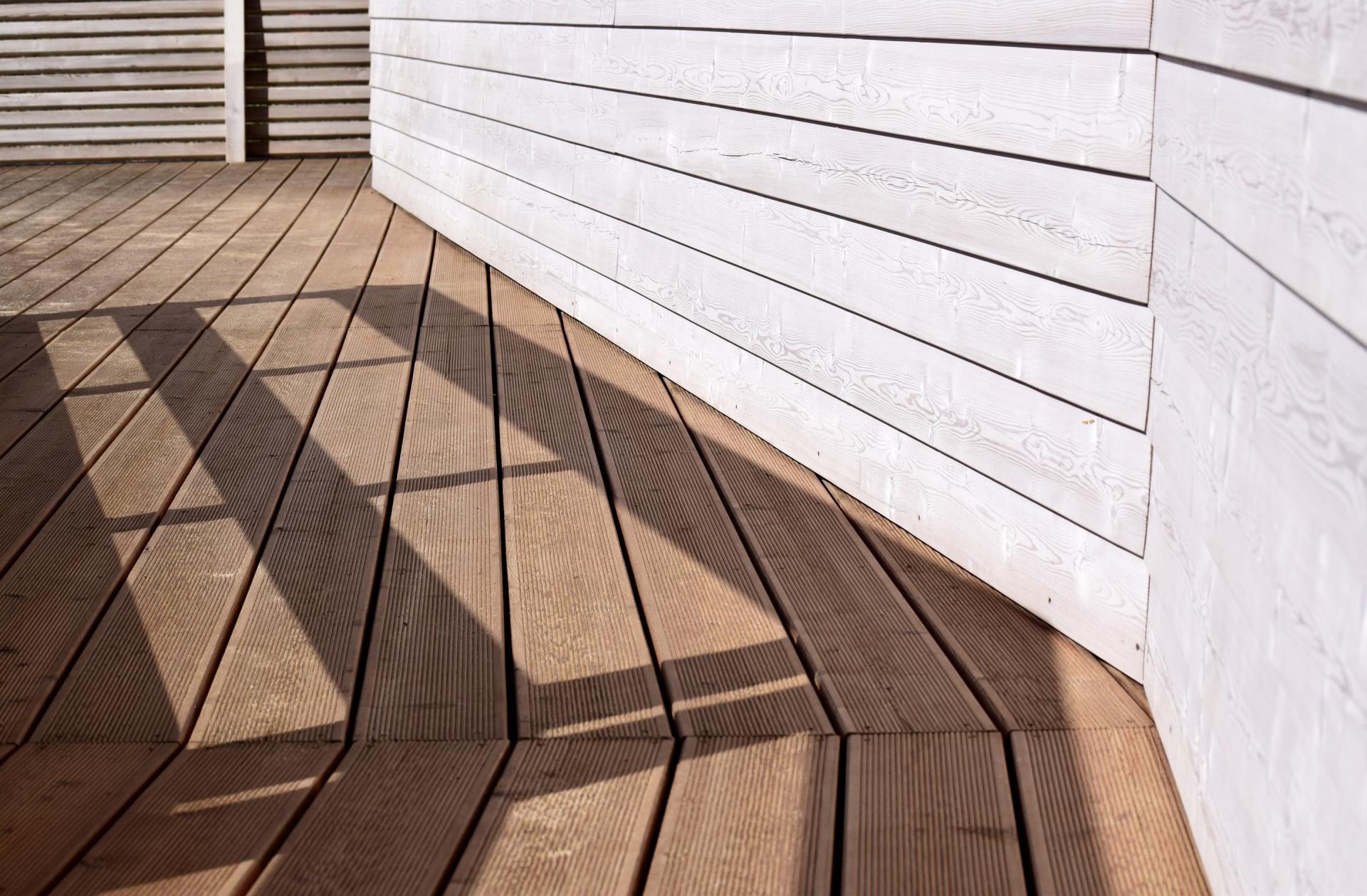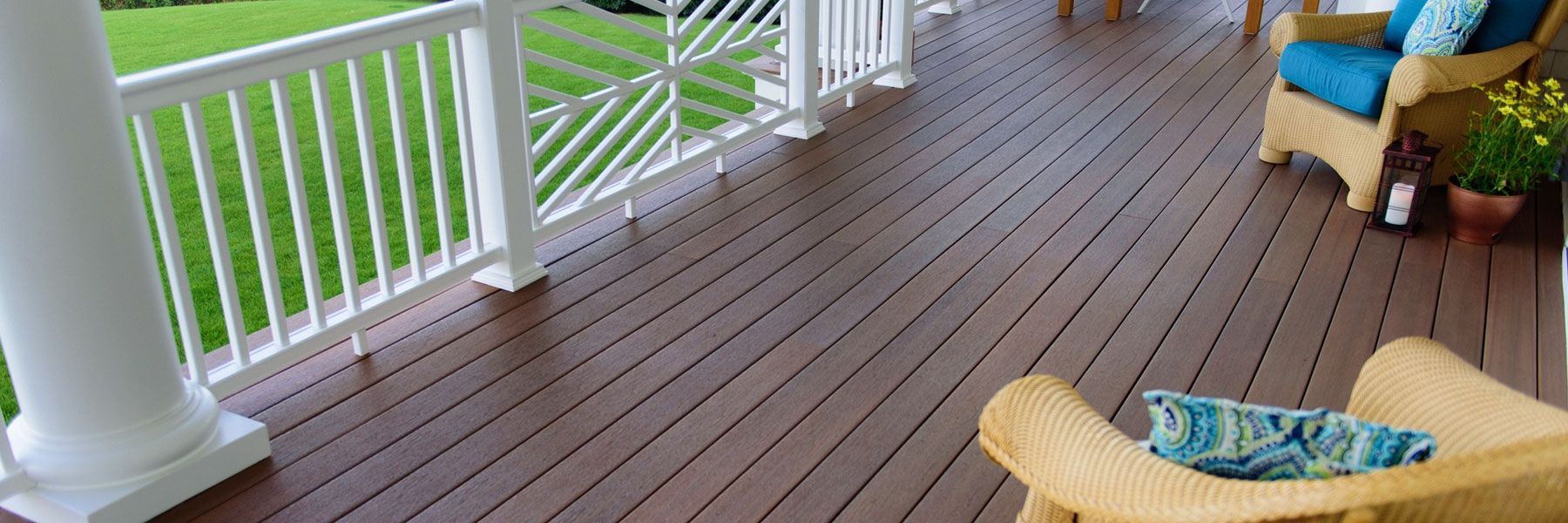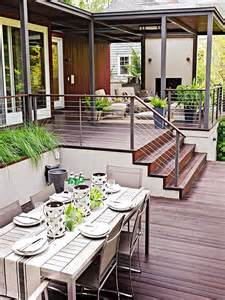Composite Decking: Separating Myth from Fact
Since its conception and promotion as the “decking material of the future”, composite decking has faced a fair share of scrutiny over the years. With time, myths have developed about composite decking, both good and bad. In order to get a clear picture, we have to go through these myths and discern fact from fiction.
And as always, if you’re in need of expert advice or assistance, the friendly team at Beauchemin Lumber is always ready and willing to help!
Myth: Composite decking is hard to install.
While this might have been true when composite decking first hit the market, it’s not an accurate representation of the materials on today’s market. These days, installing a composite deck is a lot like working with wood -- some even claim it’s easier due to the clip system. Guides exist online to streamline the process and encourage amateurs to try it out themselves, and many brands are working to improve the installation process further.
Need help with understanding what’s needed for installation of the materials you have in mind? Give the team at Beauchemin Lumber a call today and let their expert material supply team help you with everything you need.
Myth: composite decks require no maintenance.
Decks don’t clean themselves, sadly. While they generally don’t require heavy maintenance, composite decks do require some TLC to stay clean and shiny. This includes sweeping and the occasional mopping with soap and water. However, since composite decks aren’t made of wood, sanding, varnishing, and oiling are not required.
Myth: it looks like cheap plastic.
Again, this might have true earlier, composite decking has evolved since its introduction. One of the primary drawbacks of the first composite decking to hit the market was its appearance. Since that time, manufacturers worked to create a more attractive, realistic texture.
Nowadays, composite decks look very similar to rich, refined wood decks. Some people even prefer the appearance of composite decks to traditional materials, since they resist much of the wear-and-tear wood falls victim to.
Myth: composite decks fade and scratch over time.
Before being tweaked, the makeup of composite decks resulted in some unpleasant aging. However, the early models from before are not the same manufacturers make today. Composite decks are capped, and can last up to 25 years without fading or warping. Their outer shell also protects them from scratches, unlike wooden decks.
Myth: Composite decking is too expensive.
At first, composite decks were touted as the new, futuristic option. They were luxury-priced, and their quick degradation gave them a bad rep among future buyers. Times have changed, and now composite decking materials are far more affordable. Combined with the bug-fixes and the aesthetic tweaks, composite decking is ready to serve as actual competition for traditional wood decks.
Myth: composite materials aren’t eco-friendly.
If you’re someone who is rightfully concerned about the state of the environment, you might shy away from things usually considered “plastic” materials. However, many composite decks are made using recycled materials, and will last longer than a traditional wood deck. It serves as a viable alternative for wood, which is usually obtained via harmful logging practices.
Closing Thoughts
While many of the myths surrounding composite decks will be hard to dispel, many are trying to disprove these misconceptions. Composite decking’s troubled history harmed its future reputation, but it’s coming back in a big way. With all the bugs being ironed out, it’s shaping up to be a reliable material for homeowners and deck companies everywhere.




